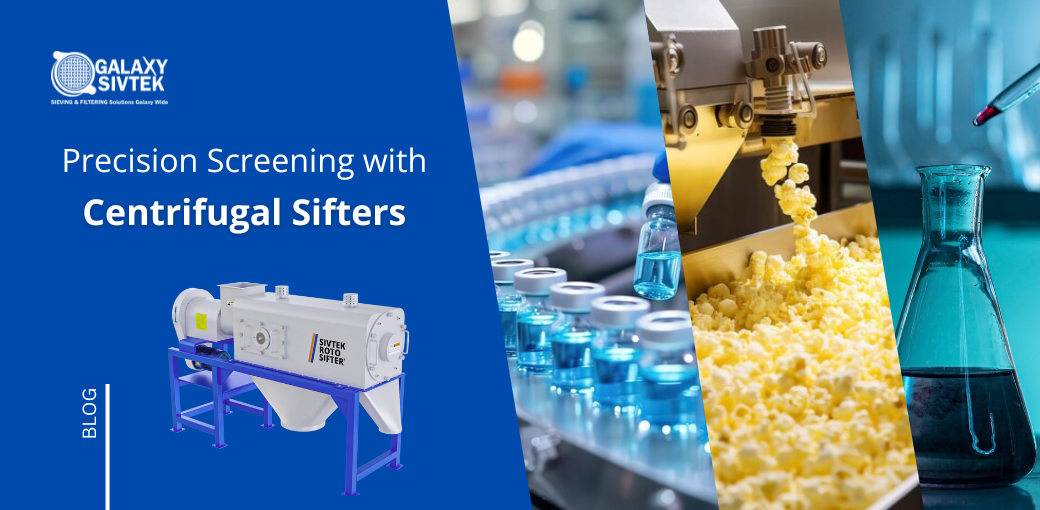
Committed To Quality, Committed To You
Centrifugal sifters, commonly known as rotary sifters or rotary screeners, have become indispensable in the industrial screening sector. Designed to handle a vast array of free-flowing materials such as powders, agglomerates, and granules, these machines excel in high-capacity scalping and sifting operations. They offer a cost-effective, efficient solution with minimal noise and vibration, perfect for removing oversized particles and foreign contaminants from raw materials.
The process of sifting using a mesh screen dates back centuries, but today’s centrifugal sifters bring a modern twist to this age-old technique. By leveraging centrifugal force, these machines achieve precise particle separation. Materials are introduced through a vertical feed inlet and moved horizontally into a cylindrical sifting chamber via an auger. Inside the chamber, rotating helical paddles propel the material towards the sieve screen, creating enough centrifugal force to push smaller particles through the apertures and into a collection hopper.
The paddles not only accelerate the material but also distribute it evenly across the screening surface, enhancing efficiency. The paddles can break down soft agglomerates for materials prone to clumping, ensuring a smooth flow through the screen. Oversized particles and contaminants are directed to the end of the chamber and expelled into a separate hopper, which often features a collection container for inspection and quality control.
Centrifugal sifters are versatile, offering numerous benefits in various stages of material processing:
Centrifugal sifters find applications across diverse industries, including food, pet food, chemicals, pharmaceuticals, and more. They are instrumental in processing a wide variety of products, such as:
Centrifugal sifters are critical in many industrial processes, offering a versatile, economical solution for the efficient separation of particles. Their high capacity, compact design, and ability to handle a variety of materials make them ideal for sifting and scalping applications. By incorporating the Centrifugal sifter screening process into material processing workflows, industries can achieve superior product quality, improved production efficiency, and enhanced operational effectiveness.
